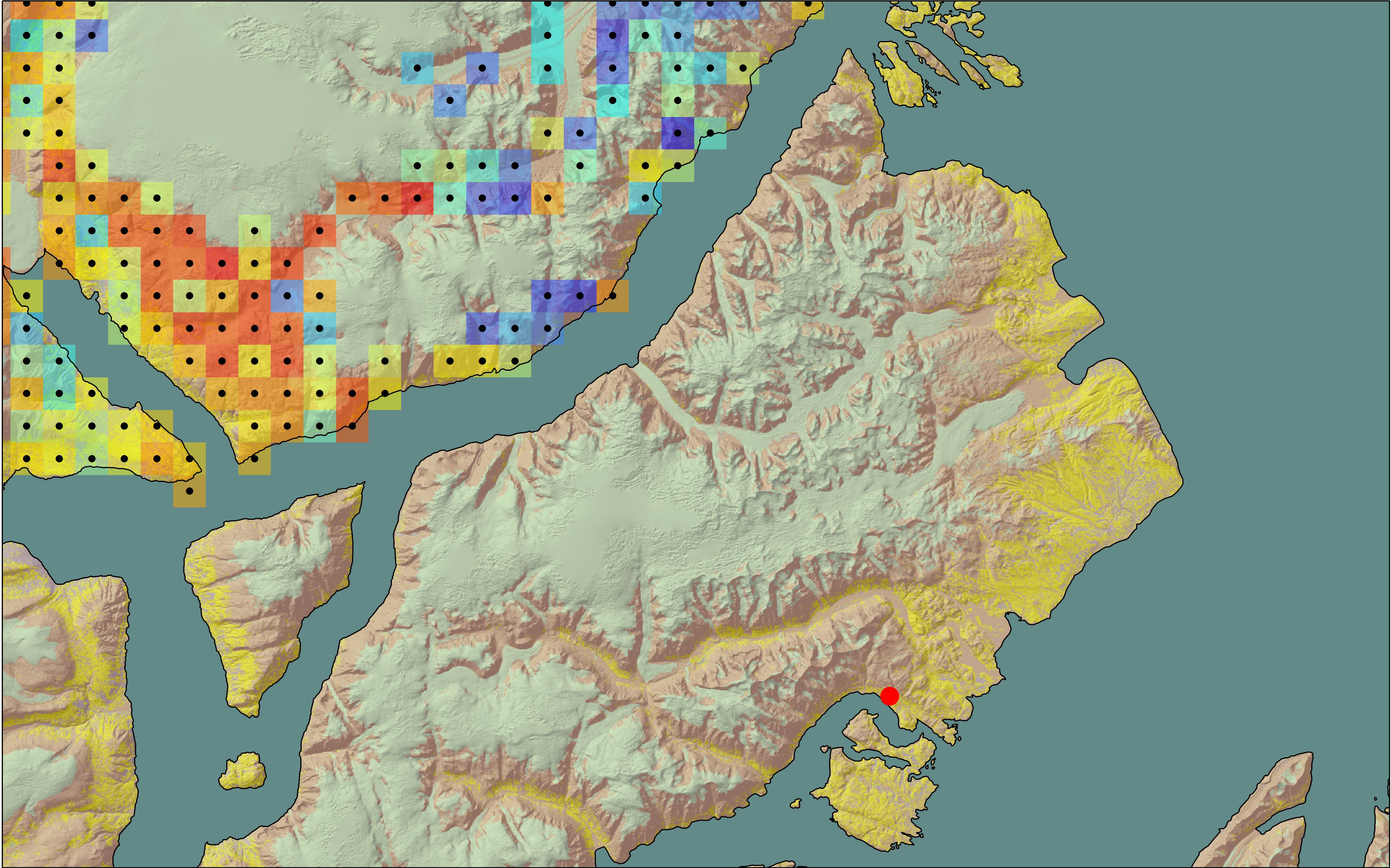Universitetsavisen
Nørregade 10
1165 København K
Tlf: 21 17 95 65 (man-fre kl. 9-15)
E-mail: uni-avis@adm.ku.dk
PhD thesis defense
PhD thesis defense — Mojtaba Karami 18 DEC
Date & Time:
Place:
Auditorium C, Department of Geosciences and Natural Resource Management, Øster Voldgade 10, 1350 Kbh K
Hosted by:
Geography Section
Cost:
Free
Mojtaba Karami defends his thesis,
Tundra viewed from above: Spatiotemporal patterns of tundra vegetation and its response to climate in Greenland
Supervisors:
Associate Professor Birger Ulf Hansen, IGN
Professor Bo Elberling, IGN
Assessment Committee:
Associate Professor Monica Garcia, DTU Environment
Professor Lars Eklundh, Lund University
Professor Rasmus Fensholt (chair), IGN
Summary:
Arctic terrestrial ecosystems have undergone adverse changes during the past decades which are attributed to the climatic changes. Understanding the interactions between the changing climate and the arctic vegetation cover is of particular interest due to the entailing implications for the global carbon cycle and feedbacks on the climate.
In Greenland, owing to the vastness of the region, its topographic complexity, and the lack of infrastructure, a gap exists in our knowledge about the spatial patterns of the vegetation cover and its climatic response. My thesis contributes to the understanding of the spatiotemporal dynamics of the vegetation activity and its interactions with climate in Greenland through three interlinked studies.
The first study focuses on an in-depth analysis of the spatial and seasonal patterns of the near-surface temperatures in the ice-free part of Greenland during the past decades. A combination of satellite observations and re-analysis datasets are extensively validated against in-situ temperature records and are subsequently used to map the temporal trends of temperature. The second study deals with the seasonality of the vegetation across Greenland, as observed through medium resolution satellite observations. This study aims to explore the latitudinal and elevational patterns of vegetation seasonality observed across the island, and interrogate the linkages to summer warmth and sea ice dynamics. The third study addresses Greenland-wide classification of the vegetation cover, thereby laying a foundation for ecosystem-specific analysis of the vegetation dynamics across the area. Here, we use machine learning techniques and exploit the satellite-derived vegetation seasonality and wetness to obtain an accurate land surface classification.
The thesis is available for inspection at the PhD administration office, 04.1.413
